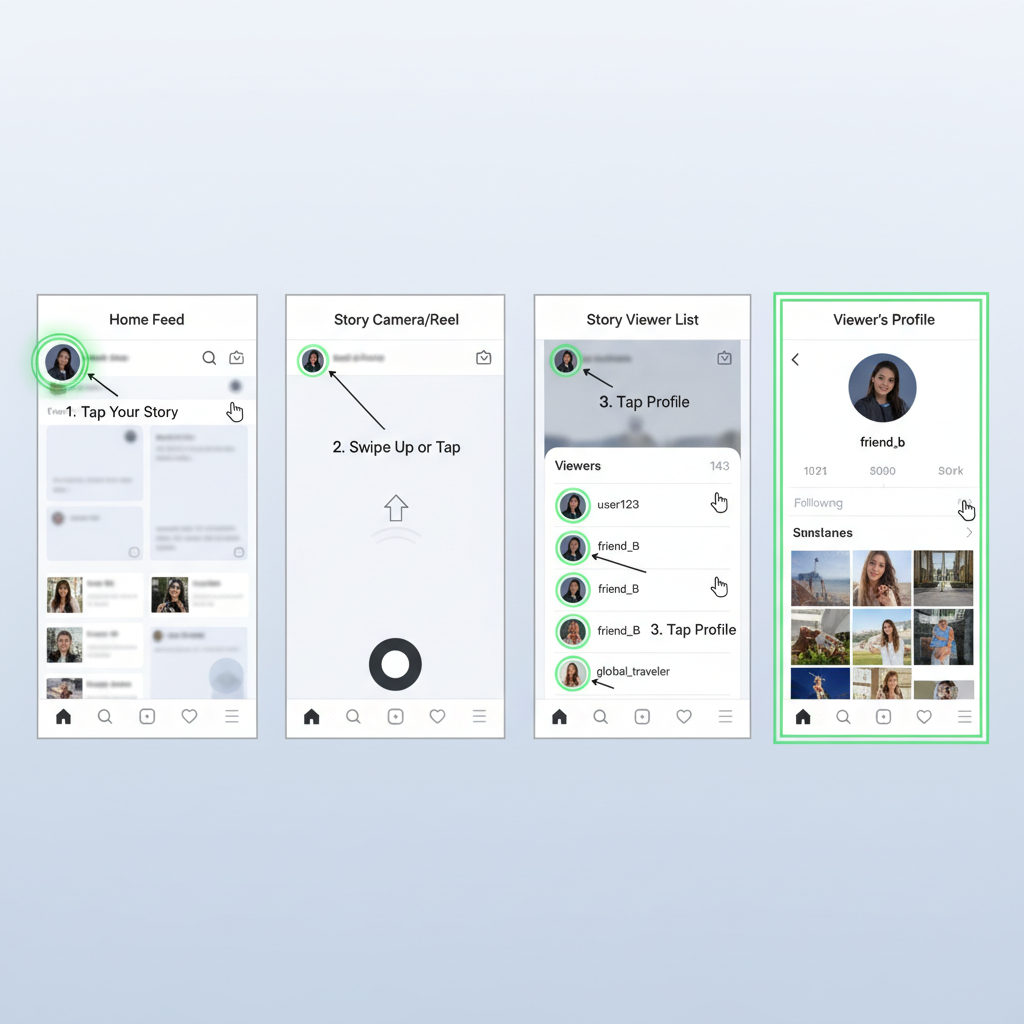Create a Google Sheet Content Calendar Template Guide
Learn how to create a customizable Google Sheets content calendar template to plan, track, and collaborate on your marketing and publishing schedule.

Introduction to Content Calendars and Why Google Sheets is Ideal
A Google Sheet content calendar template is an indispensable planning tool for marketers, bloggers, and businesses aiming to streamline their publishing strategy. A content calendar centralizes ideas, deadlines, and publishing schedules into a single, organized hub, allowing you to map out weeks or months of content in advance. This ensures consistent posting, alignment with marketing campaigns, and the avoidance of last-minute scrambles.
Google Sheets stands out as a top choice because it’s free, universally accessible, and highly customizable. Its simple user interface and compatibility with other Google Workspace apps means you can build a content calendar tailored to your needs—without wrestling with overly complex project management platforms.

---
Benefits of Using a Google Sheet Template vs Other Tools
Opting for a Google Sheet content calendar template instead of alternatives like Trello or Airtable offers several clear advantages:
- Free and Accessible: No paid plans required; works for anyone with a Google account.
- Real-Time Collaboration: Multiple team members can make updates simultaneously.
- Highly Customizable: Add, remove, or rearrange columns; change colors; insert formulas.
- Offline Ready: Make edits without internet, syncing changes when you reconnect.
- Seamless Integration: Link to Docs, Slides, and Drive for a unified workflow.
Using a ready-made template saves time on initial setup, keeps formatting consistent, and accelerates your planning process.
---
Step-by-Step Guide to Setting Up Your Calendar Structure
Follow these steps to create your Google Sheet content calendar template from scratch:
- Open Google Sheets and start a blank spreadsheet.
- Rename it (e.g., 2024 Content Calendar).
- Add a header row for your selected columns (details below).
- Insert your publishing dates for the time frame you’re planning.
- Freeze the top row via `View > Freeze > 1 Row`.
- Adjust column widths for readability and accessibility.

---
Key Columns and Fields to Include
When structuring your content calendar, include these vital columns:
| Column Name | Description | Example |
|---|---|---|
| Date | The planned publish date | 2024-03-15 |
| Content Title/Topic | Main headline or working title | Spring SEO Trends |
| Status | Stage of progress | Drafting / Scheduled / Published |
| Keywords | Target SEO terms | SEO 2024, Google ranking |
| Platform | Publication channel | Blog / YouTube / Instagram |
| Owner | Responsible team member | Jane Doe |
These columns keep tasks organized and searchable for quick reference.
---
Using Color Coding and Conditional Formatting for Better Visibility
Color coding helps you track project status instantly. In Google Sheets:
- Highlight Drafts in yellow.
- Mark Scheduled Items in blue.
- Flag Urgent Items in red.
- Show Published in green.
Go to `Format > Conditional formatting` to automatically apply these colors based on cell text. This visual system keeps deadlines visible and mitigates missed postings.
---
Adding Formulas for Automatic Date Tracking and Deadlines
Automating parts of your calendar cuts down on manual checks. Try these formulas:
=TODAY()Shows the current date, great for deadline comparisons.
=IF(TODAY()>B2,"Overdue","On track")Checks if the date in cell `B2` has passed.
=WEEKNUM(B2)Returns the week number for planning weekly campaigns.
Formulas like these keep you updated without extra effort.
---
Integrating With Google Drive for Sharing and Collaboration
Since your Google Sheets file lives in Google Drive, sharing is straightforward:
- Click Share in the top right.
- Set access level: Viewer, Commenter, or Editor.
- Share by email or link.
Additional collaboration tips:
- Use version history to undo accidental edits.
- Protect ranges to limit edits in specific columns.
This keeps collective inputs organized and prevents accidental overwrites.
---
Tips for Recurring Content and Campaign Planning
For ongoing content, like newsletters or social series:
- Pre-fill repeating rows for each scheduled occurrence.
- Use date formulas (e.g., `=B2+7`) for automatic frequency scheduling.
- Color code or tag related posts for campaigns.
Such planning makes seasonal campaigns and launches easier to execute.

---
How to Customize the Template for Different Content Types
Different content requires unique tracking:
- Blog Posts: Add meta descriptions, target word count.
- Videos: Include storyboard link, production notes, runtime.
- Social Media Posts: Add image URLs, hashtags.
Data validation dropdowns can make template views dynamic—hiding or showing columns as needed per content type.
---
Example Workflow: Content Ideation to Publishing
A smooth workflow might look like this:
- Brainstorm ideas in an “Ideas” tab.
- Assign Owners for selected topics.
- Draft content in linked Google Docs.
- Review status changes to “In Review”.
- Schedule publishing dates.
- Publish and log performance.
---
Common Mistakes to Avoid
- Overloading the Calendar: Set achievable goals.
- Skipping Updates: Keep the calendar current.
- Not Filtering: Use filters for campaign-specific views.
- Ignoring Data Review: Analyze what worked monthly.
- No Backup: Always enable version history.
---
Downloadable Free Google Sheet Content Calendar Template
Kickstart your workflow with a ready-made Google Sheet content calendar template:
- Use `File > Make a copy` from a sample sheet.
- Adjust to fit your relevant KPIs and style.
Or search for "Free Google Sheet Content Calendar Template" to adapt shared community designs.
---
Conclusion and Call-to-Action
A well-built Google Sheet content calendar template is more than dates on a spreadsheet—it’s your strategic content marketing blueprint. From built-in automation to color-coded clarity, it ensures nothing slips through the cracks while boosting team efficiency.
Start now: open Google Sheets, follow the steps in this guide, and shape a calendar that evolves with your business needs. Taking control of your publishing schedule today will pay off in consistency, quality, and measurable results tomorrow.




